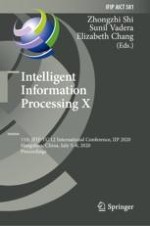2020 | OriginalPaper | Chapter
Comparison of Machine Learning and Deep Learning Approaches for Decoding Brain Computer Interface: An fNIRS Study
Authors : Jiahao Lu, Hongjie Yan, Chunqi Chang, Nizhuan Wang
Published in: Intelligent Information Processing X
Publisher: Springer International Publishing
Activate our intelligent search to find suitable subject content or patents.
Select sections of text to find matching patents with Artificial Intelligence. powered by
Select sections of text to find additional relevant content using AI-assisted search. powered by
